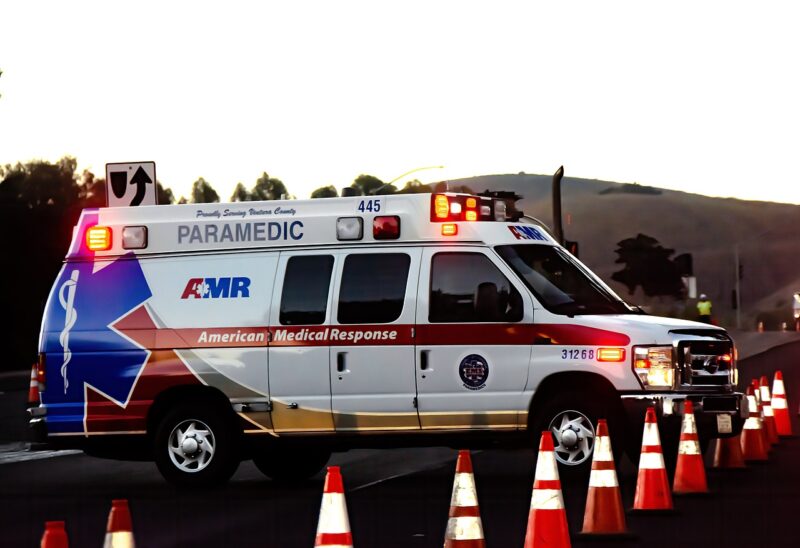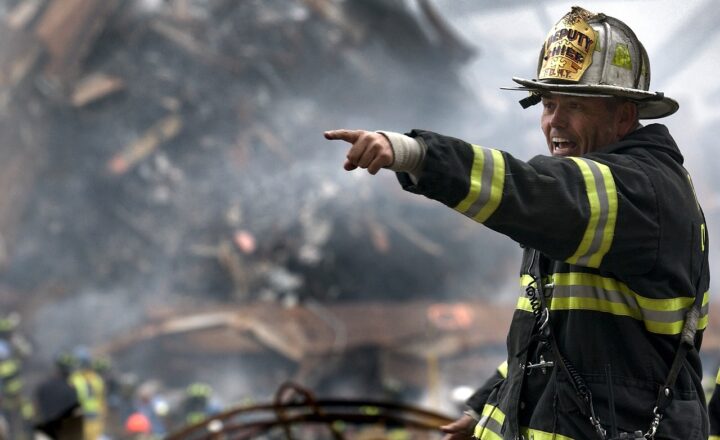Understanding the Role of Ambulances in Mass Casualty Situations
November 13, 2024

Mass casualty incidents (MCIs) are unfortunate events that can overwhelm local medical systems, requiring an organized and efficient response. The role of ambulances in these situations is crucial and entails not only transportation but also a variety of other elements in patient care and coordination among different emergency services. In this article, we will explore the importance of ambulances during MCIs, the protocols involved, and the challenges faced by emergency medical services (EMS).
—
1. What is a Mass Casualty Incident?
A mass casualty incident is defined as an event that causes a significant number of injuries or fatalities that exceeds the capacity of the local emergency services. Such incidents can arise from natural disasters, terrorist attacks, industrial accidents, or large-scale public disturbances. Therefore, understanding the protocols and challenges associated with ambulances during MCIs is critical for effective disaster response and patient care.
—
2. The Importance of Ambulances in MCIs
Ambulances serve multiple functions during MCIs, and their roles can dramatically influence outcomes for victims. Here are key aspects of their importance:
– Rapid Response: In the chaotic aftermath of an incident, every minute counts. Ambulances provide immediate transportation of injured individuals to hospitals, ensuring that those in critical need receive timely medical attention.
– Triage Facilities: Many ambulances are equipped for basic triage, allowing paramedics to assess severity and prioritize treatment on-site. This helps in managing resources efficiently and ensures that critical cases are transported first.
– Mobile Medical Units: Modern ambulances have advanced medical equipment and trained personnel to provide prehospital care, such as administering IV fluids or performing advanced life support procedures while on the move.
– Coordination of Care: Ambulances also play a pivotal role in coordinating with hospitals and emergency services. They provide real-time updates on patient conditions, which enables hospitals to prepare resources for incoming patients.
—
3. Triage: The Key Process in MCIs
Triage is a systematic process used to classify patients based on the severity of their injuries. Among the most common triage systems is the START (Simple Triage and Rapid Treatment) system, which categorizes individuals into four groups:
– Red (Immediate): Patients who require immediate medical treatment.
– Yellow (Delayed): Patients with serious injuries but whose treatment can wait.
– Green (Minor): Patients with minor injuries who can walk.
– Black (Deceased or Expectant): Patients who are deceased or whose injuries are incompatible with life.
The effectiveness of ambulance services in MCIs largely hinges on a well-executed triage process. Ambulance crews are often trained to make quick decisions that can save lives, ensuring patients are transported according to their medical needs.
—
4. Challenges Faced by Ambulance Services in MCIs
Despite their crucial role during MCIs, ambulance services face numerous challenges that can hinder their effectiveness:
– Resource Strain: High volumes of casualties demand more ambulances than may be available. This strain can lead to delays in transport, impacting patient outcomes.
– Traffic and Accessibility: In urban settings, traffic congestion can significantly hinder ambulance response times, affecting their ability to reach victims quickly.
– Communication Breakdown: The chaos following an MCI can create difficulties in communication among different emergency services. Ambulances need to stay connected with other units and hospitals to relay information effectively.
– Safety Risks: Responding to MCIs often puts ambulance crews at risk due to unstable environments or ongoing threats, such as aftershocks in earthquake zones or active shooter situations.
—
5. The Future of Ambulance Services in Mass Casualty Situations
The future looks bright for improving ambulance services in MCIs through technology and training:
– Telemedicine Integration: Utilizing telemedicine can enhance the capabilities of ambulances, allowing onboard providers to consult specialists in real-time for critical cases.
– Advanced Training: Continuous education and training for ambulance crews can enhance their ability to manage MCIs effectively, ensuring they are prepared for various situations.
– Resource Management Technologies: Innovations in logistics and resource management can ensure that the allocation of ambulances aligns with real-time demands, improving efficiency.
—
Conclusion
The role of ambulances during mass casualty situations is critical to patient survival and recovery. Their ability to respond quickly, provide necessary care, and manage resources effectively can make a significant difference in outcomes. As technology and protocols continue to evolve, the effectiveness of ambulances will only improve, allowing them to meet the challenges of future mass casualty incidents.
By understanding the essential functions of ambulances in MCIs, we can better appreciate the complexities involved in emergency medical services and the need for ongoing support and innovation within this vital public service.








